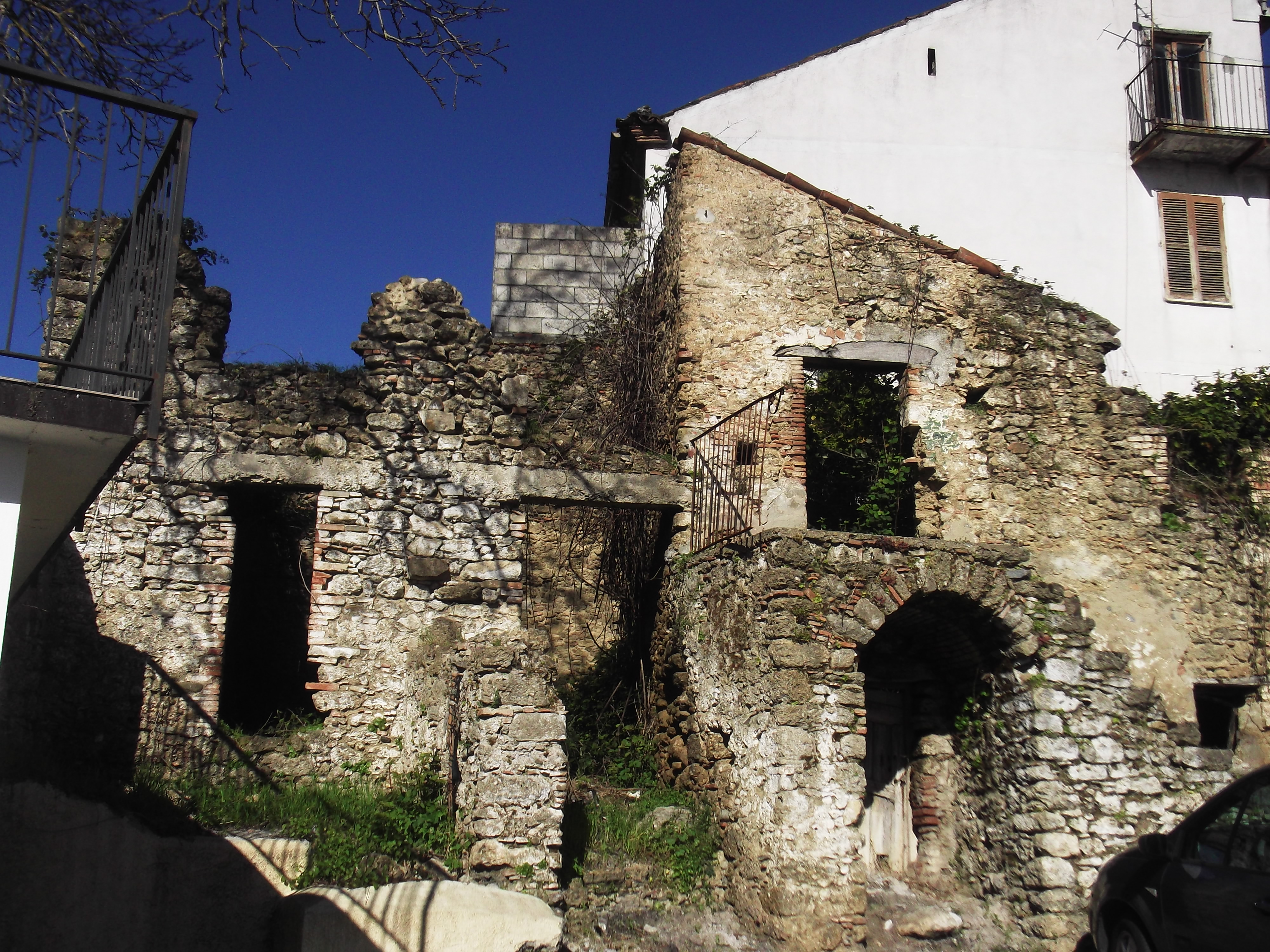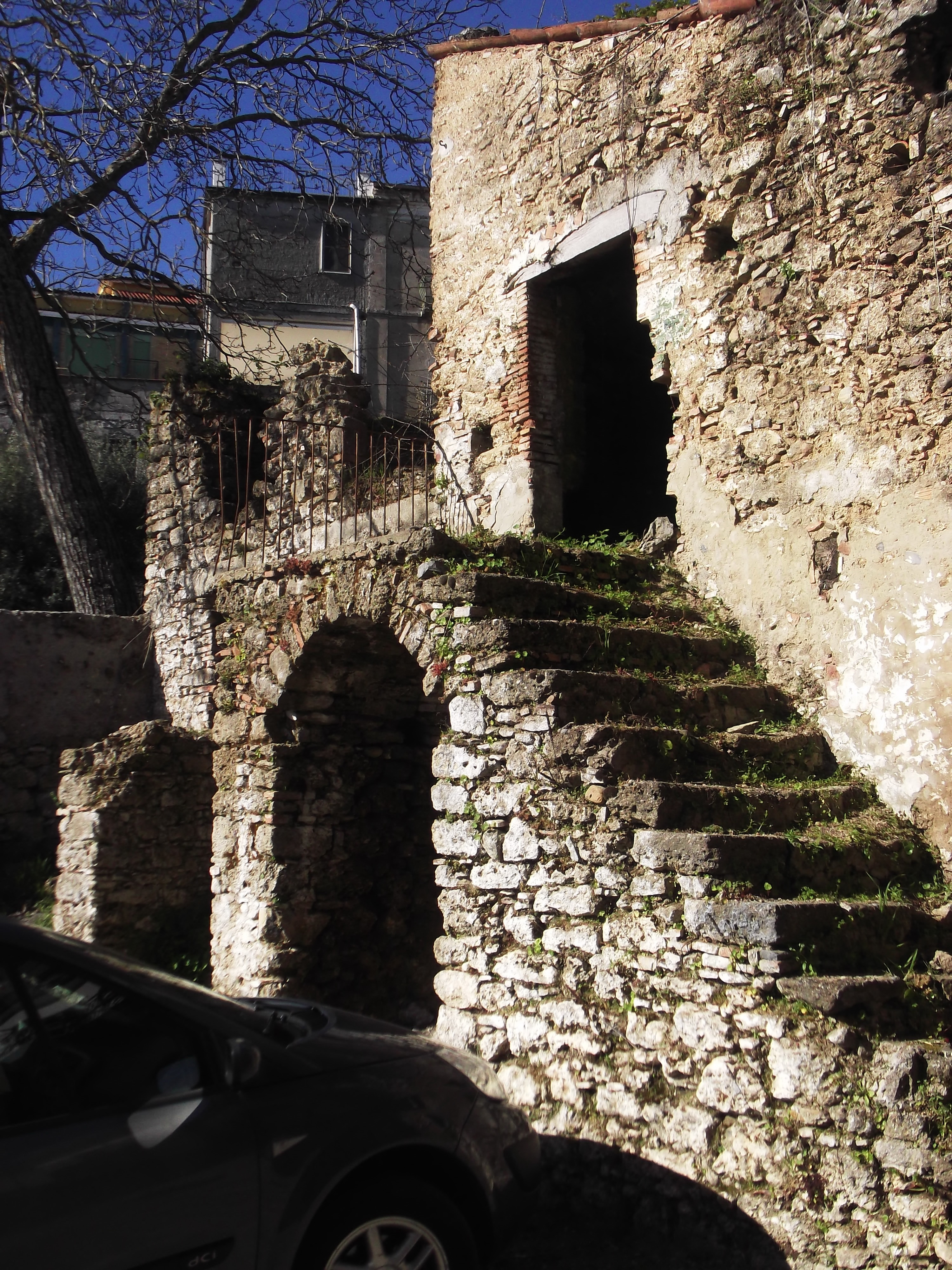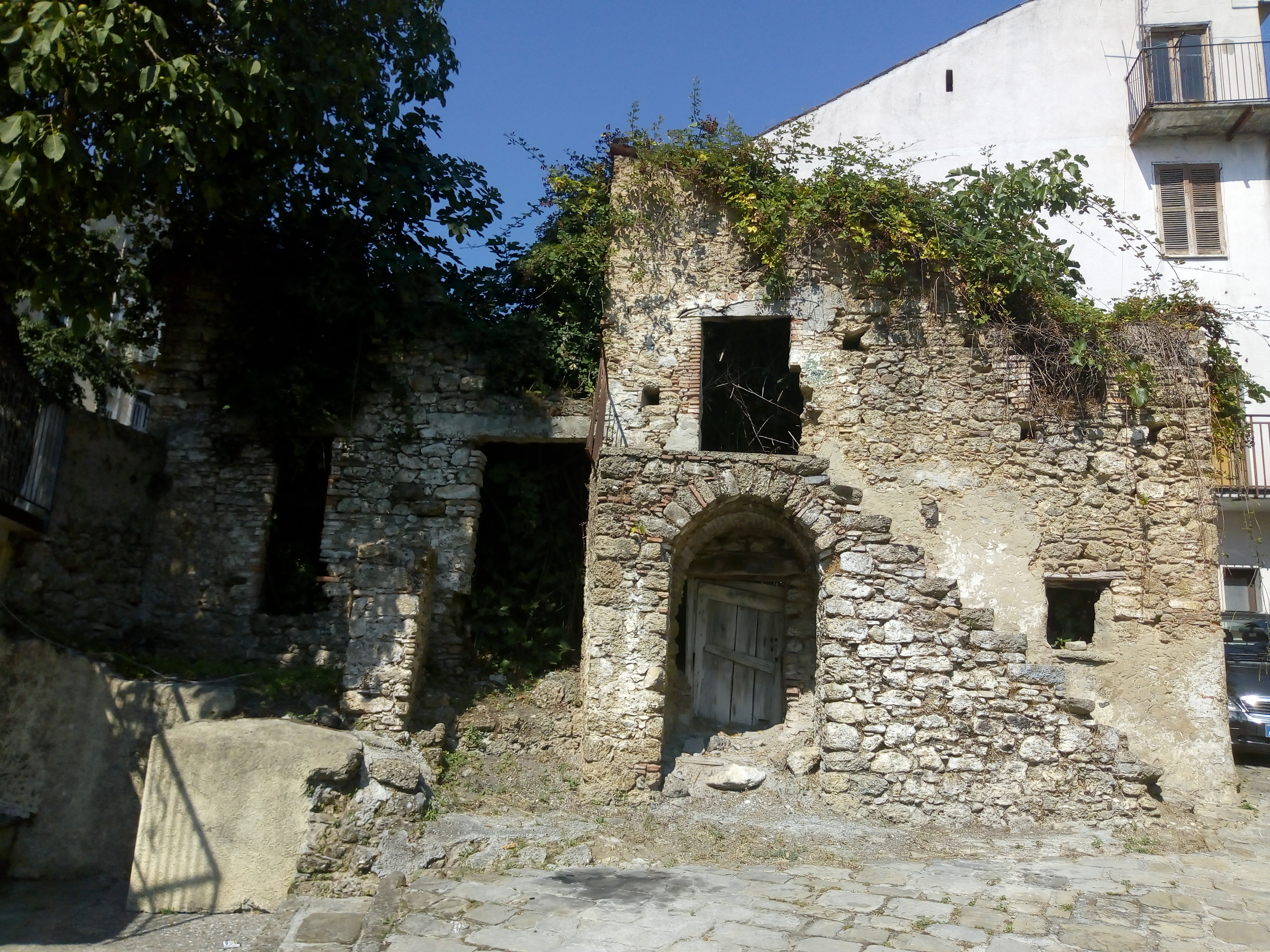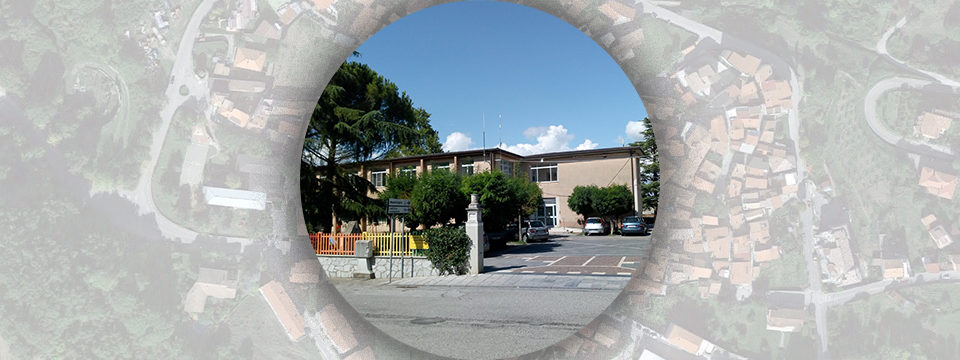Serra Cerrosa
2 October 2019Driomio
3 October 2019CASA DI FILOMENA (Cas i Filumen)
The typical houses of Fardella
Categoria: MONUMENTAL HISTORICAL BUILDINGS
According to the 1753 land register requested by King Charles the Bourbon, the small group of houses of Fardella (table 1 - list of citizens) had 2 palazziate (typical dwellings with annexed rooms on several stories), 58 barns, 71 houses, 1 terraiola (dwelling made of straw and stone), 2 sottani (stores). These were the type of dwelling whose size and construction revealed the economic standing of those living there and in which, still in the early 19th century, there was no drinking water or electricity.
The peasant dwellings in Fardella were no different from those of the villages described for the Jacini survey by Branca in 1883, reporting “miserable, destitute houses in straitened conditions with no circumstances ensuring health and hygiene” with “a poorly built smokestack”, often consisting of a single room to sleep in and “also accommodate a pig or a donkey”; in short “comfort is rare, hygiene is neglected, life is meanly prematurely torn from the rural population”).
The house commonly known as “A CAS I FLUMEN”, unfortunately now in ruins, still shows its original structure: load-bearing rubble masonry made with local stone, wooden floors and roof (whose remains are still visible inside on the ground), a facade with small windows to let in the light, but not the cold, and holes along the brickwork to hold the beams. It consists of a ground floor with the stables and a storeroom and a first floor, covered with a sloping roof, with the only room where family life took place: this was where people cooked, ate and slept. One can still see and access the typical profferlo staircase leading to the first floor. Made with local stone, it rests on an arcade of cut stones and some bricks. The same structural pattern is repeated in the lintel located in the small side entrance on the right, while there is a wooden beam in the main one.
The peasant dwellings in Fardella were no different from those of the villages described for the Jacini survey by Branca in 1883, reporting “miserable, destitute houses in straitened conditions with no circumstances ensuring health and hygiene” with “a poorly built smokestack”, often consisting of a single room to sleep in and “also accommodate a pig or a donkey”; in short “comfort is rare, hygiene is neglected, life is meanly prematurely torn from the rural population”).
The house commonly known as “A CAS I FLUMEN”, unfortunately now in ruins, still shows its original structure: load-bearing rubble masonry made with local stone, wooden floors and roof (whose remains are still visible inside on the ground), a facade with small windows to let in the light, but not the cold, and holes along the brickwork to hold the beams. It consists of a ground floor with the stables and a storeroom and a first floor, covered with a sloping roof, with the only room where family life took place: this was where people cooked, ate and slept. One can still see and access the typical profferlo staircase leading to the first floor. Made with local stone, it rests on an arcade of cut stones and some bricks. The same structural pattern is repeated in the lintel located in the small side entrance on the right, while there is a wooden beam in the main one.











